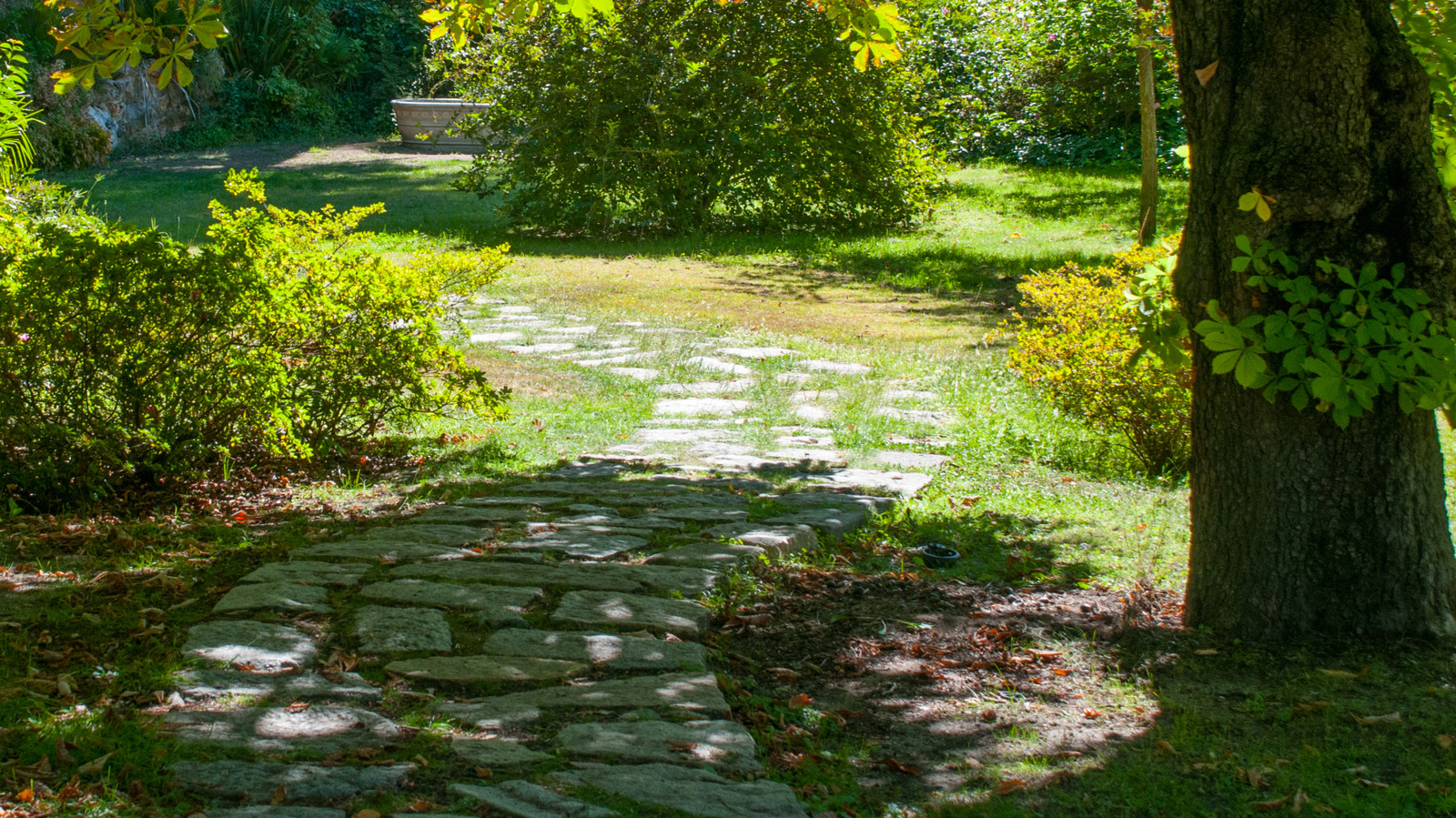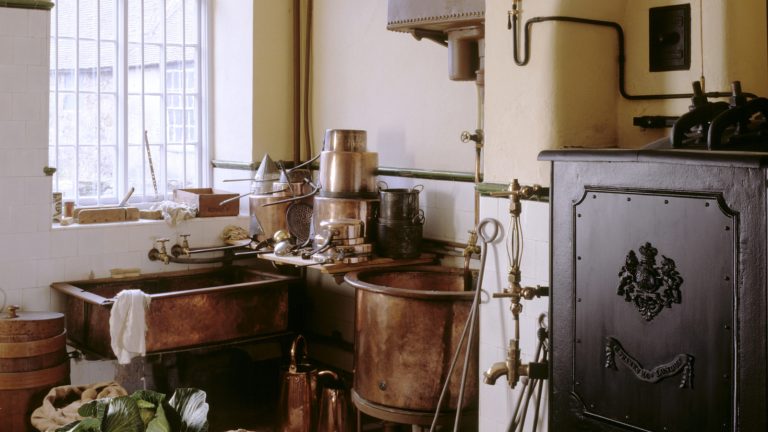
Designing a cohesive garden can be challenging when your yard has both sunny and shady areas, as many plants only thrive in one type of lighting condition. However, versatile plants like pigsqueak (Bergenia crassifolia) can flourish in various lighting environments, helping to unify your garden spaces. Besides its adaptability, pigsqueak offers stunning tubular flowers each spring, enhancing different parts of your yard with its beauty.
Known for the squeaky noise its leaves make when rubbed, pigsqueak originates from East Asia. Fortunately, it is not invasive in North America. This slow-growing and easygoing plant thrives under various conditions, providing attractive foliage and flowers in zones 3 through 8 without significant drawbacks. In many areas, it remains evergreen throughout the year, adding color and winter interest to your garden.
Caring for and Using Pigsqueak in the Garden
Pigsqueak is a highly adaptable plant, capable of thriving in full sun, deep shade, and everything in between. It tolerates a wide range of soil conditions, from sandy to clay-heavy soils, although it prefers rich soil. Pigsqueak is not particular about soil pH and is relatively drought-tolerant, requiring minimal watering even during prolonged dry spells. Additionally, it is rarely disturbed by deer, making it a great choice for those dealing with deer in their gardens.
Reaching about 1 1/2 feet in height, pigsqueak serves well as ground cover or for adding color to the front of garden beds. However, it is not aggressive or fast-growing, so it may not be ideal for outcompeting weeds. Pigsqueak cultivars offer a variety of flower colors, from the bright red ‘Bressingham Ruby’ to the pure white ‘Ciliata’. Different cultivars also feature varying leaf shades, ensuring you’ll find options that complement your garden perfectly. While pigsqueak is a perennial that typically blooms in spring and primarily offers winter interest through its foliage, gardeners in warmer areas may enjoy winter flowers if the weather is mild enough.






